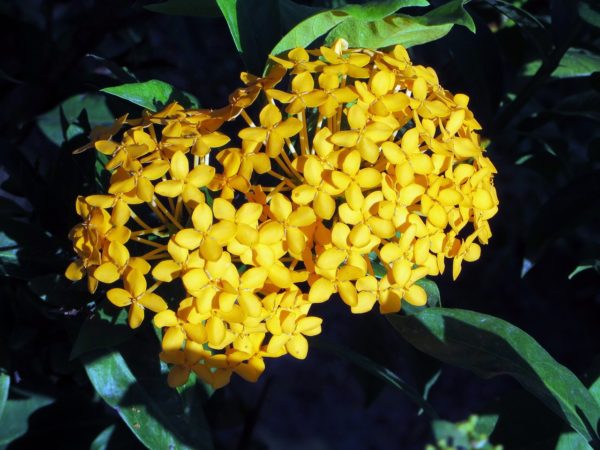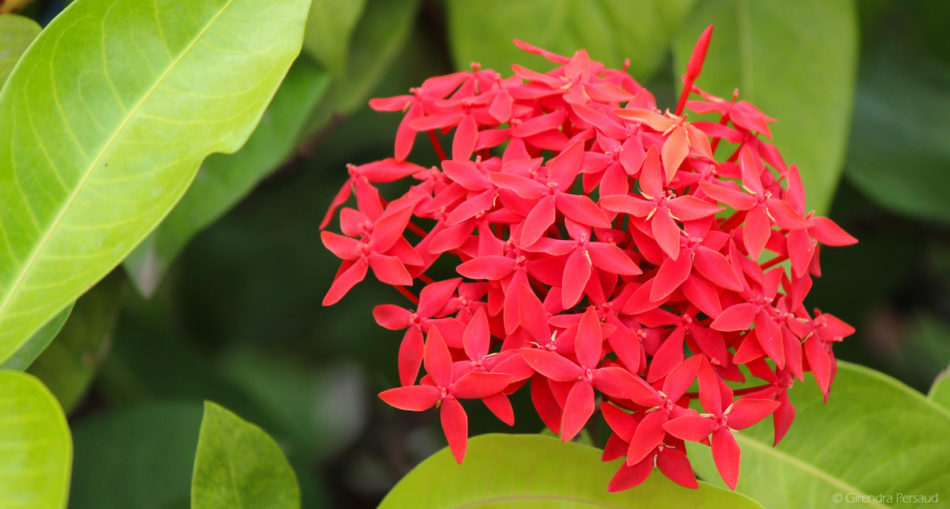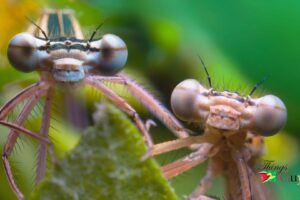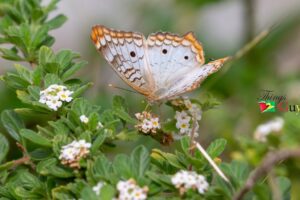The West Indian Jasmine flowers can be found in gardens, decorating beautiful, vibrant hedges across lawns and giving life to the grounds of buildings in Guyana. The West Indian Jasmine comes in several different colours including red, pink, yellow, orange and white. The scientific name of West Indian Jasmine is Ixora coccinea but is widely known by many common names like chann tanea, Flame of the Woods, jarum-jarum, Jungle Flame, Jungle Geranium, kheme, pan, rangan, santan, techi, or ponna.

West Indian Jasmine – Photo by: Girendra Persaud
Origins of West Indian Jasmine
The West Indian Jasmine is native to Southeast Asia, including India, Bangladesh and Sri Lanka. However, it grows in tropical areas in countries such as Guyana, and Suriname. West Indian Jasmine (Ixora coccinea) is a hardy plant that can even survive winter or colder climates in countries like the United States of America.
Scientific Classification of West Indian Jasmine
- Kingdom: Plantae
- Clade: Tracheophytes
- Clade: Angiosperms
- Clade: Eudicots
- Clade: Asterids
- Order: Gentianales
- Family: Rubiaceae
- Subfamily: Ixoroideae
- Tribe: Ixoreae
- Genus: Ixora
- Species: Ixora coccinea
Interesting Tip
- The National Flower of Suriname is the West Indian Jasmine.
- Ixora is a Portuguese translation of ‘Isvara’ a word which means ‘lord’ in the Sanskrit language referring to the Hindu God ‘Shiva’.
- The word ‘coccinea’ means scarlet, in reference to the colour of the blooms.
Description of West Indian Jasmine
The West Indian Jasmine is a thick, ornamental, evergreen shrub with many woody branches and stems that grow up to four (4) to six (6) feet in height. The most popular ones are red, yellow and pink but there are also whites and orange flower clusters. The West Indian Jasmine leaves grow opposite to each other and are typically oblong, glossy, and dark green in colour. This ornamental shrub is memorable because of its vibrant flower blooms, including a fiery red, vibrant orange, sunny yellow, white and bright pink. The most popular in Guyana are the bright reds and yellows. The flowers grow in globular clusters about five (5) inches big. Each flower is tubular in shape and is made up of four (4) petals only. The West Indian Jasmine plant has round dark purple-black fruits or drupes which can be eaten only when ripe.

Yellow Variety of Ixora coccinea – Image Source: https://www.needpix.com/photo/download/536409/flower-ixora-yellow-exotic-yellow-flower-pompom-botany-free-pictures-free-photos
Uses of the West Indian Jasmine
- The leaves and bark of West Indian Jasmine (Ixora coccinea) are used to treat diarrhoea while the leaves alone can treat ulcers and sore.
- The roots have several qualities such as analgesic, antiseptic, astringent, diuretic, sedative and stomachic. They can also be used to treat diarrhoea, dysentery, fever, gonorrhoea, hiccups, loss of appetite, and nausea. An infusion of the root can be used to clear the urine.
- The West Indian Jasmine flowers have similar qualities to the roots. They are cholagogue, diuretic and sedative; and can also stimulate digestive enzyme secretion. A decoction of the flowers can be used to treat catarrhal bronchitis and haemoptysis. An is used in the treatment of Blood-shot eyes can be treated with an infusion of the flowers and bark while a decoction of the flowers or the bark is used as a lotion against eye troubles, sores and ulcers.
- The plant itself is sometimes used to treat fever.
- The West Indian Jasmine plant is widely grown as an ornamental hedge and bonus is that it responds well to trimming.
- When fully ripe, the fruits can be used as a dietary source.
Interesting Tip
- In Thailand, the roots or flowers are anti-inflammatory and antidiarrhoeal drugs, astringent, tranquillizer and appetite stimulant.
The West Indian Jasmine flowers are a must-have in every garden because of its unique tropical features. Add a Jungle Flame plant to your garden or you can make hedges with this vibrant shrub. It is a popular ornamental plant but has several uses including medicinal such analgesic, and antiseptic properties. The West Indian Jasmine flowers are so popular and significant that Hindus in Guyana use them for worship. Besides these reasons, the flower blooms are eye-catching and quite pleasant to look at, so if you are looking for a new addition to your garden or lawn, think about the West Indian Jasmine shrub.
Article References
- https://en.wikipedia.org/wiki/Ixora
- https://en.wikipedia.org/wiki/Ixora_coccinea
- https://conservatoryofflowers.org/bloom/ixora-coccinea/
- http://www.missouribotanicalgarden.org/PlantFinder/PlantFinderDetails.aspx?kempercode=e515
- https://www.projectnoah.org/spottings/38379039
- http://tropical.theferns.info/viewtropical.php?id=Ixora+coccinea
- https://link.springer.com/article/10.1007/s11655-011-0881-3
Discover more from Things Guyana
Subscribe to get the latest posts sent to your email.







